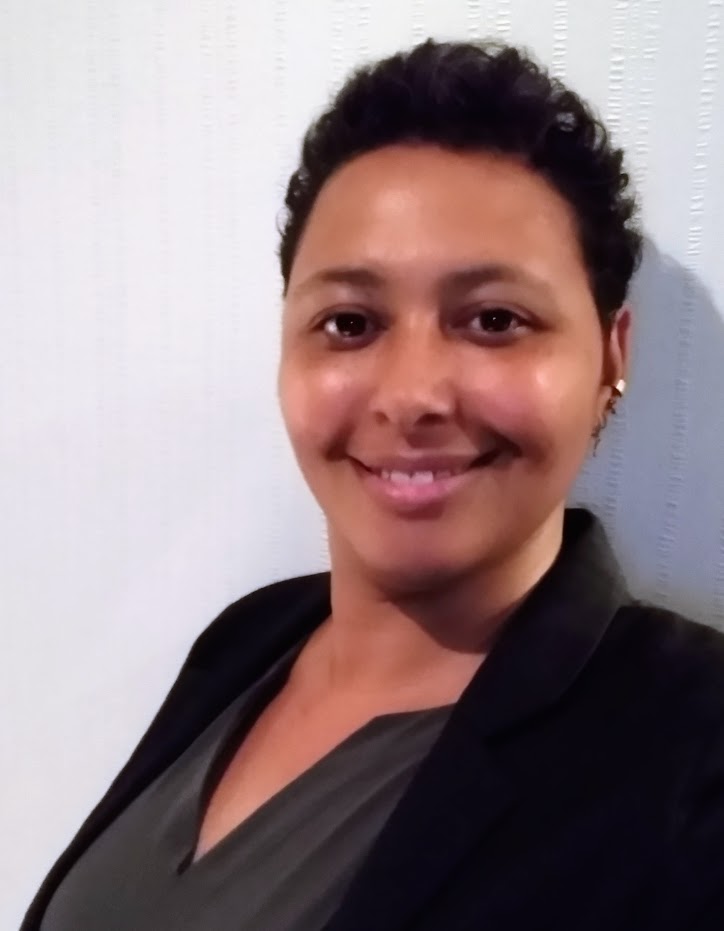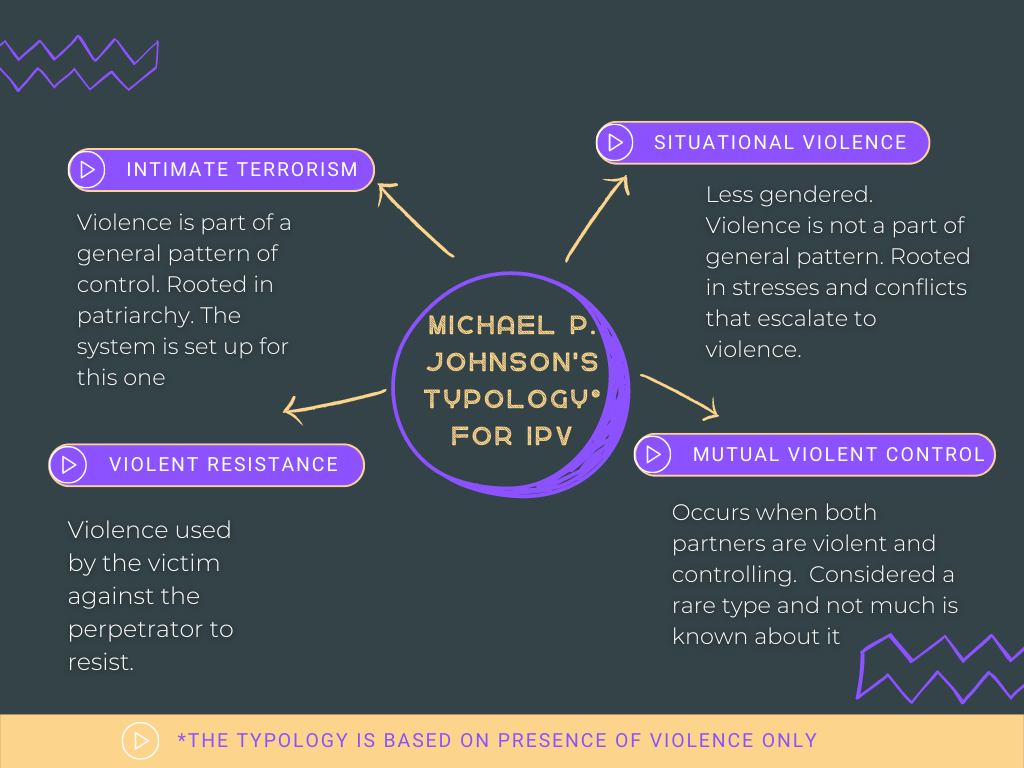It was a love triangle: a guy loved a woman who loved a woman who loved him.
Mary’s daughter, Jane had moved out of the family home as a young, bright woman wanting to explore the world on her own. She returned two months later, battered, bruised and convinced she was pregnant.
“My daughter is pregnant, and she doesn’t even like boys,” Mary said when she first heard the news. The woman Jane had thought was the love of her life, pulled her into circumstances where people would beat her up, drug her and play with her mind.
Including the man who said he loved her. But he loved her only when he wanted to.
“He forced her for seven days and to me that’s rape. Like you raped my daughter seven times and you beat her into submission,” Mary said.
When Jane returned, she was drugged. Her eyes were rolling to the back of her head and she had to be taken to the hospital. It was then they found out she wasn’t pregnant.
Jane is now under a 5150 hold — the suicide watch.
(Mary and Jane are the prefered names for privacy concerns.)
B
arriers. Fears. Biases and Intersections
Identifying the abuse is difficult for anyone. There are many parallels in the way domestic abuse exists in the LGBTQ+ community with the straight populace. But along with a mesh of intersections, there are multiple barriers unique to the community which incline the deeper one goes.
“Homophobia, transphobia, sexism, racism, all of the isms and the biases and the stereotypes create massive barriers, both psychological and practical, to accessing health and safety,” said Nesta Johnson, Family Law Attorney at National Center for Lesbian Rights.
"A trans woman of color who's undocumented with a disability. I mean, Lord, help you, ma'am." — Johnson
Partners hold significant financial power by threatening to out the victims to family and friends. This puts the fear of isolation and homelessness into them, thus limiting their options of walking away.
There are damaging assumptions that “all transwomen are sex workers, which is, of course, connected to the other damaging assumption that sex workers are somehow unworthy of protection or can't be raped,” said Johnson.
When pregnant, logistics matter, explained Kimmie Remis, Prevention Specialist at California Partnership to End Domestic Violence, “How far are you from the clinic? How do you get that time off? Where do you need to travel? Do you need to be able to get away from your abusive partner somehow? Pregnancy and abortion are very time sensitive.”
LGBTQ people who are in violent relationships are likely to have unwanted or mistimed pregnancies. Since they are also disproportionately likely to be living in poverty, they now have fewer options for ending that unwanted pregnancy, Johnson explained.
Queer teens face an additional range of issues: they are less likely to be supported by their families, less likely to be driven to a clinic, less likely to have money, more likely to be pushed into homelessness.
Along with fear of reporting or fear for their partners, there is no coverage and representation in the media, according to Amanda Gould, Senior Program Manager of the National LGBTQ Institute on Intimate Partner Violence run out of the LA LGBT Center. Often domestic violence is represented using pictures of women and/or a child.
“Google domestic violence at my area and up pops a local women's shelter, it's like, oh my gosh, where do I go? Is this an experience only I have? Is this my fault because of my identity?”
LGBTQ+ immigrants can have a hard time navigating the legal and support systems in place due to their limited understanding of the new place and language barriers. Undocumented immigrants are at risk of being threatened with deportation. This makes them isolated and increasingly reliant on their abusive partners.
Then there is the denial of identity, misnaming, misgendering. The criticism of past relationships. The coercion into stereotyped sex acts. The flawed understanding of kink.
“Abusers are endlessly creative,” says Johnson.
Biases in the support systems keep the community at an arm's length from reaching out for help.
According to Gould, survivors often get responses from the police that are not meeting their needs, are often victim-blaming; put them at increased risk for escalating violence; or force them to exit the relationship thus leaving the survivor financially destitute or homeless, at risk for deportation or more.
“I've worked with people who shared that they did reach out for help and were met with anti-gay or anti-trans bias, and so they went back to their abuser. And that's a lived reality of a lot of LGBTQ survivors.”
Remis agreed that there are biases around the country but speculated medical providers, even if they want to be gender-inclusive, don’t know how to. Most historical medical school education and practices have very little on queer health. Even well-meaning practitioners do not necessarily know what the best language or options are for certain folks.
In a 2019 survey of 1694 Transgender, nonbinary and gender-expansive (TGE) participants, 36% of those ever pregnant reported considering trying to end a pregnancy on their own without clinical supervision, and 19% of those ever pregnant reported attempting to do so. The reasons ranged from privacy concerns to structural issues which include mistreatment within clinical care, and cost.

Nesta Johnson, National Center for Lesbian Rights
“BIPOC people, particularly Black people who are LGBTQ experience higher rates of domestic violence and increased barriers to accessing help and it’s important to talk about intersections of identity,” says Gould.
Johnson exemplified such intersections: “Perhaps you might have a pair of fathers who are fathers of color who may hesitate to leave a relationship because of stereotypes around levels of involvement or stereotypes around black families.”
Survivors of color are treated differently by the police than white survivors, said Gould. There are chances of more false arrests, more mutual arrests, or no arrests. They may arrest the more masculine presenting partner. Oftentimes there are dual arrests because the police cannot figure out who the abuser is in the relationship as they rely on gender expectations of what domestic violence looks like.
Among the LGBTQ community, transgender women have the highest rate of domestic violence and the most number of barriers in accessing help. BIPOC LGBTQ people are less likely to be believed by the police, social service workers or medical care providers because they make assumptions as to what BIPOC survivor safety looks like.
“A trans woman of color who's undocumented with a disability. I mean, Lord, help you, ma'am,” expressed Johnson.
G
amble of Love
The 2015 U.S. Transgender Survey found that more than half of all respondents experienced some form of intimate partner violence in their lifetime. One in four respondents was told that they were not a “real” woman or man by a partner.
Bisexual women are 2.6 times more likely to report ever having experienced intimate partner sexual violence and 1.8 times more likely to report intimate partner violence (IPV) compared to heterosexual women, according to the analysis by UCLA. They also experience some of the highest rates of sex trafficking, sometimes pushed into it by their abusive partners.
The risk of an unplanned, unintended pregnancy shrouds all LGBTQ-identified people who can get pregnant. According to the Stop Violence against Women project by The Advocates for Human Rights, lesbian women especially face abuses in various forms — sexual, physical, emotional — at home to re-orient them to the “acceptable” sexual identity: heterosexuality. They also encounter a greater threat of getting pregnant than heterosexual youth.
T
ypes of Abuse

Click on each type to know more
L
ending a helping hand
Det. Marie Sadanaga, the Domestic Violence Coordinator at LAPD, mentioned the training of the officers now includes identifying different manifestations of abuse and cycle of violence.
“It's hard for them to talk to us [and] when they do, it's sometimes hard for our officers to identify [the problem]. You could show up and both people have visible injuries. And so it's determining, what happens that day, what's the prior history and who is, in our phrase, the dominant aggressor there.
“I think more officers are now aware of all the services that are out there and they'll try to make that connection.”
But apart from issues inherent historically in the various support systems, there are other structural problems, particularly money.
The Domestic Abuse Response Team (DART) by the LAPD works with different domestic violence service providers. Det. Sadanaga mentions that responses would be better if they had money and personnel. Each division for DART has only one car with an officer and an advocate who go out together to respond to calls.
“This is a more at-risk group if you take that intersection of domestic violence and pregnancy and the queer community and the fall of Roe. We need to put more resources into the queer community,” Remis stated while listing down the next important steps which include more gender-affirming care and funds to queer communities, to DV communities, to local abortion facilities.

Kimmie Remis, California Partnership to End Domestic Violence
Q
ueer Queasiness
Society stigmatizes LGBTQ+ relationships and hypersexualizes people in the community, leading to IPV which can be a result of internalized homophobia, fear and shame.
“Overall, the tone of the country, the tone of the loss that we're seeing, the tone of legislators, the tone of everything; it's a very scary time for the LGBTQ community. The country is being very misogynistic and there's a huge amount of anti-queer hate rhetoric going on,” remarked Remis, while trying to keep an optimistic outlook towards the efforts ongoing across the country and the state.
According to her, even progressive people refrain from using gender-inclusive language when talking about “women’s rights” for fear of polarizing people and losing support and acceptance.
“Taking away abortion access is State reproductive coercion.”
She worries if people collectively don’t do something new, the ripple effect would affect everyone.
Johnson agreed all such issues are framed as women's issues, specifically cisgender heterosexual women's issues. While they are the ones hugely impacted and it is important to not erase their voices, she emphasized other people can get pregnant.
“There are other people who are assaulted. And there are also, you know, other groups who certainly experience intimate partner abuse. And I think that it really does a disservice to everyone, including cisgender women, to frame it as their problem, because it is society's problem. It is everyone's problem.”

